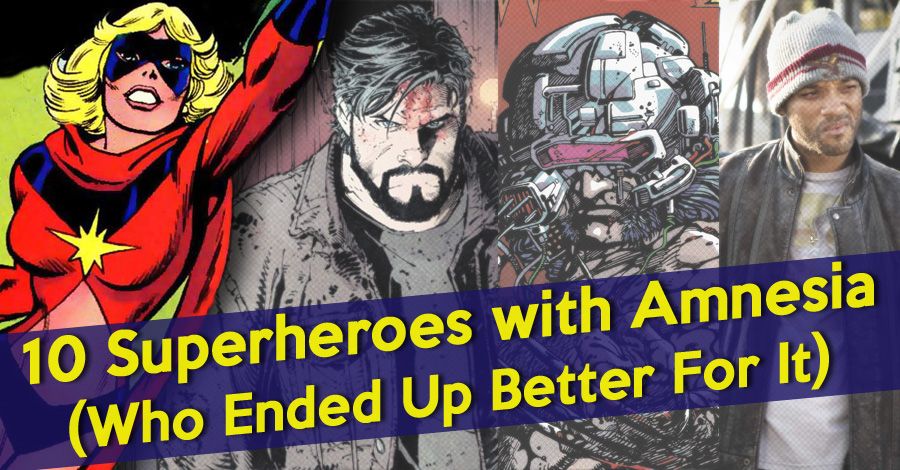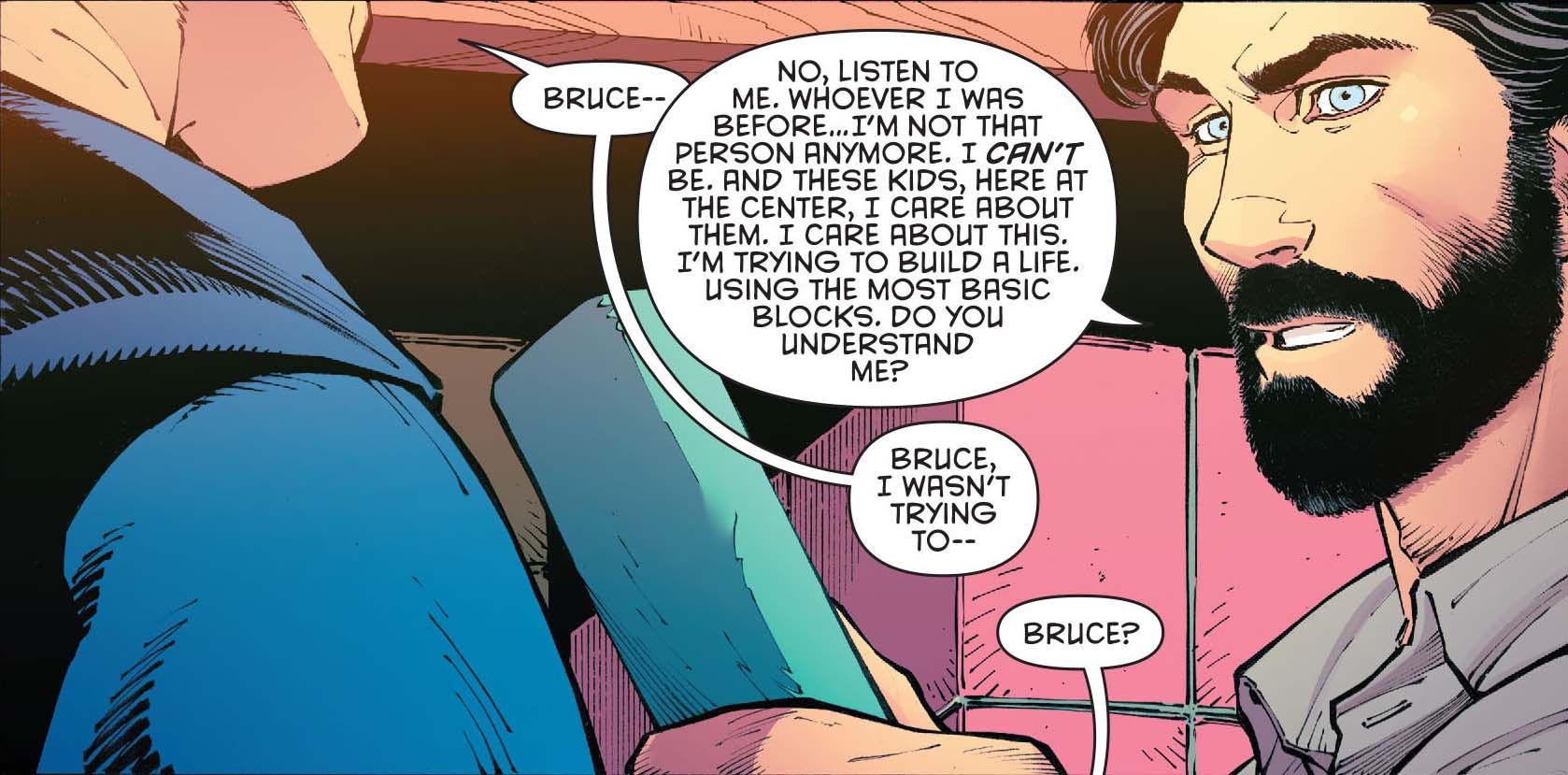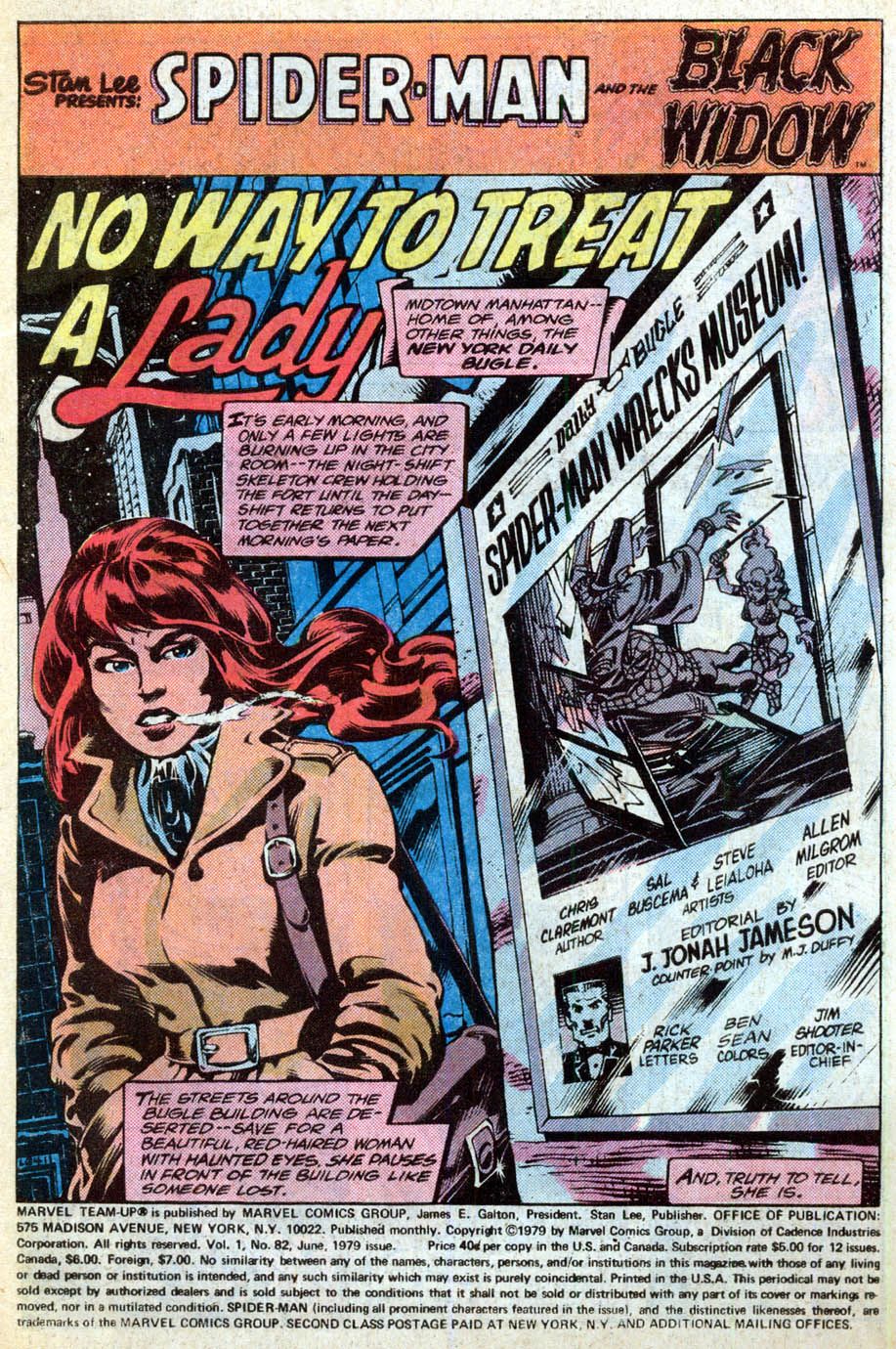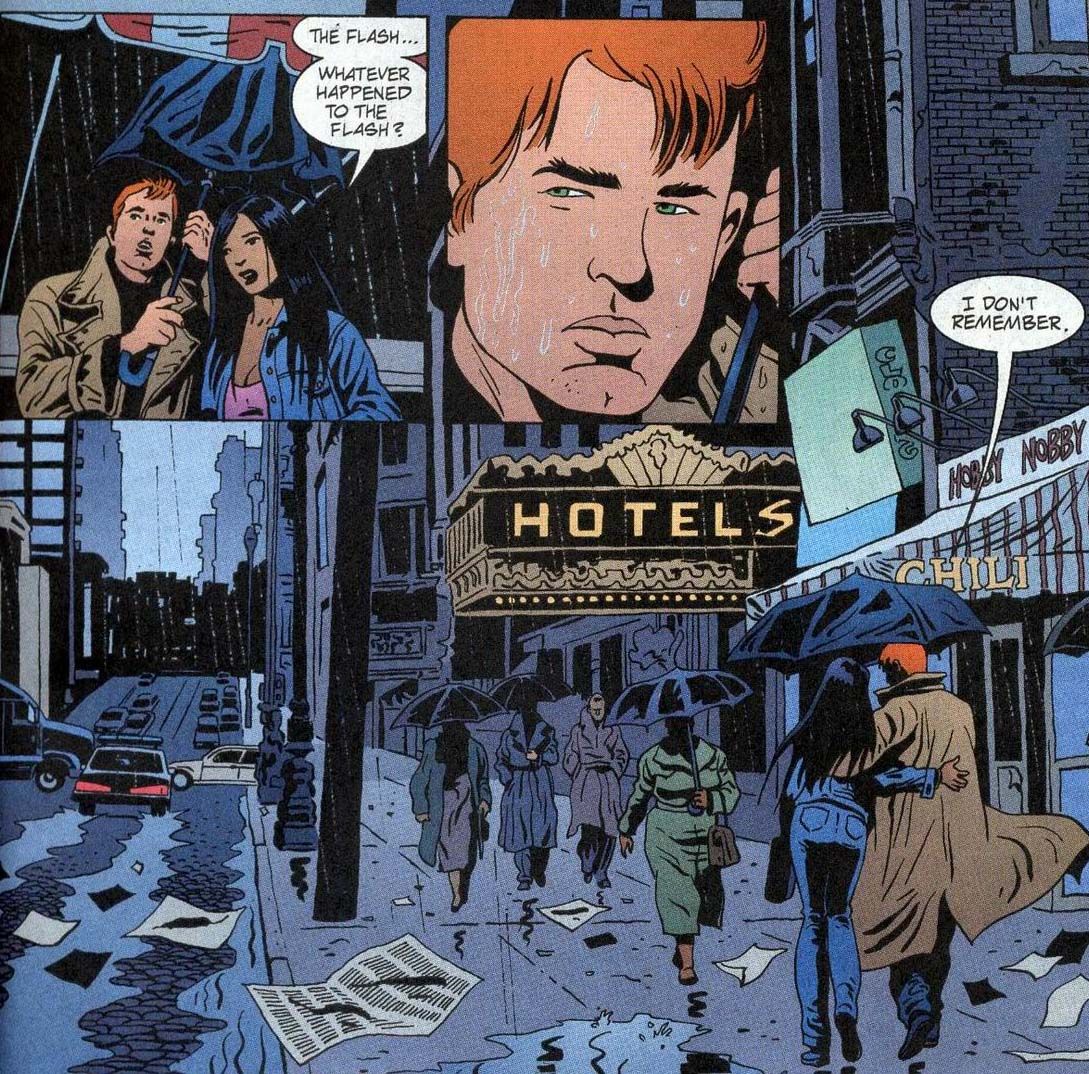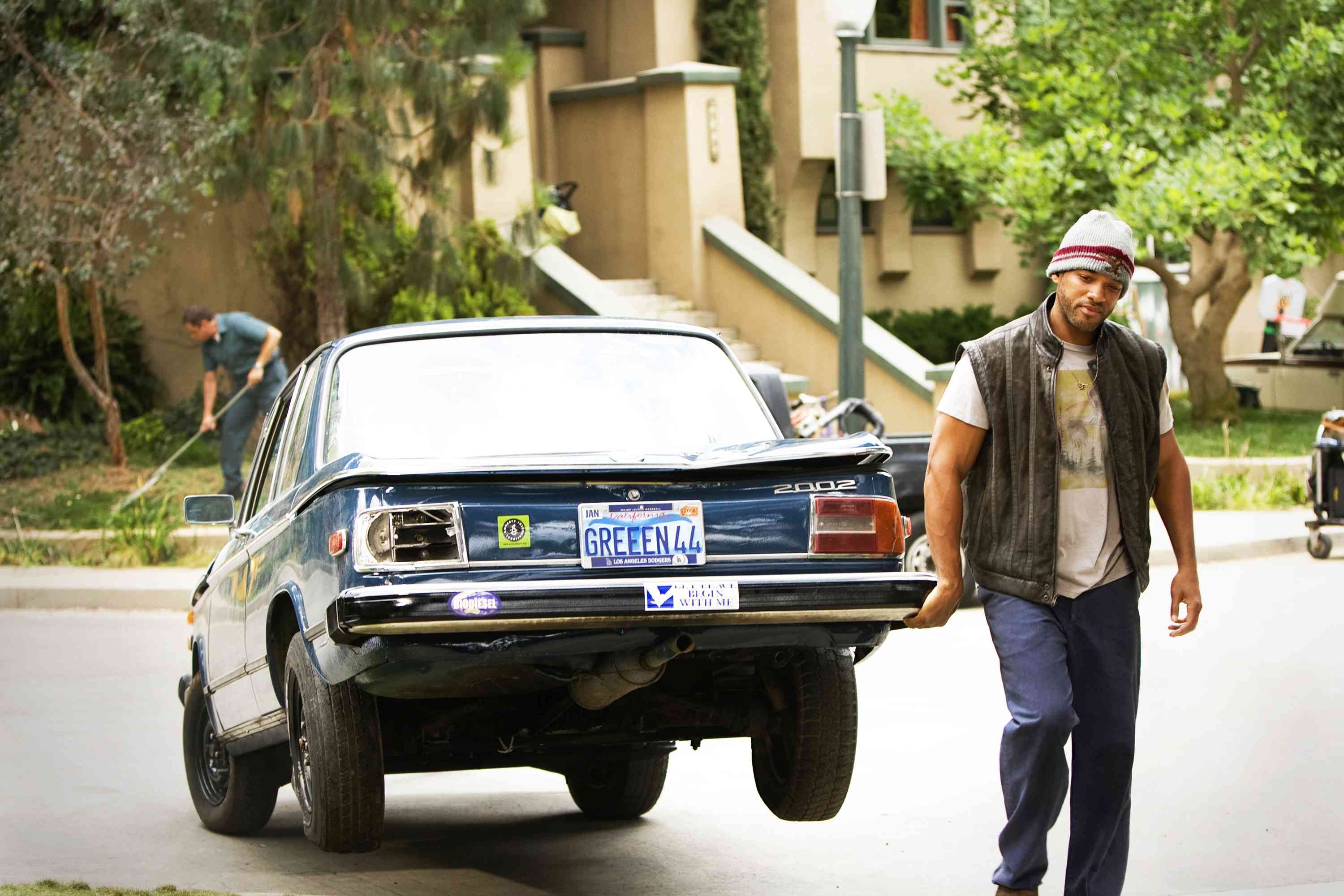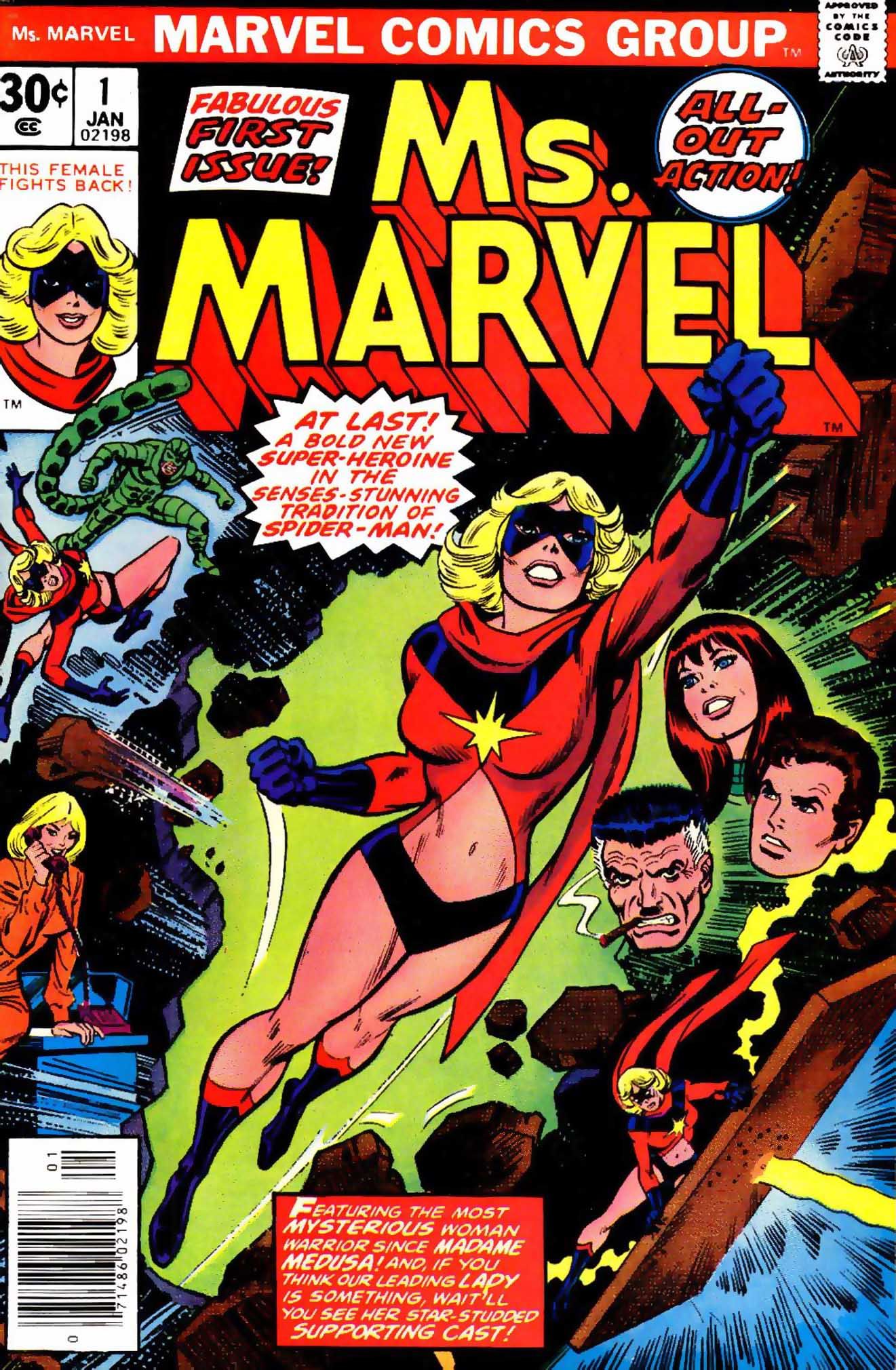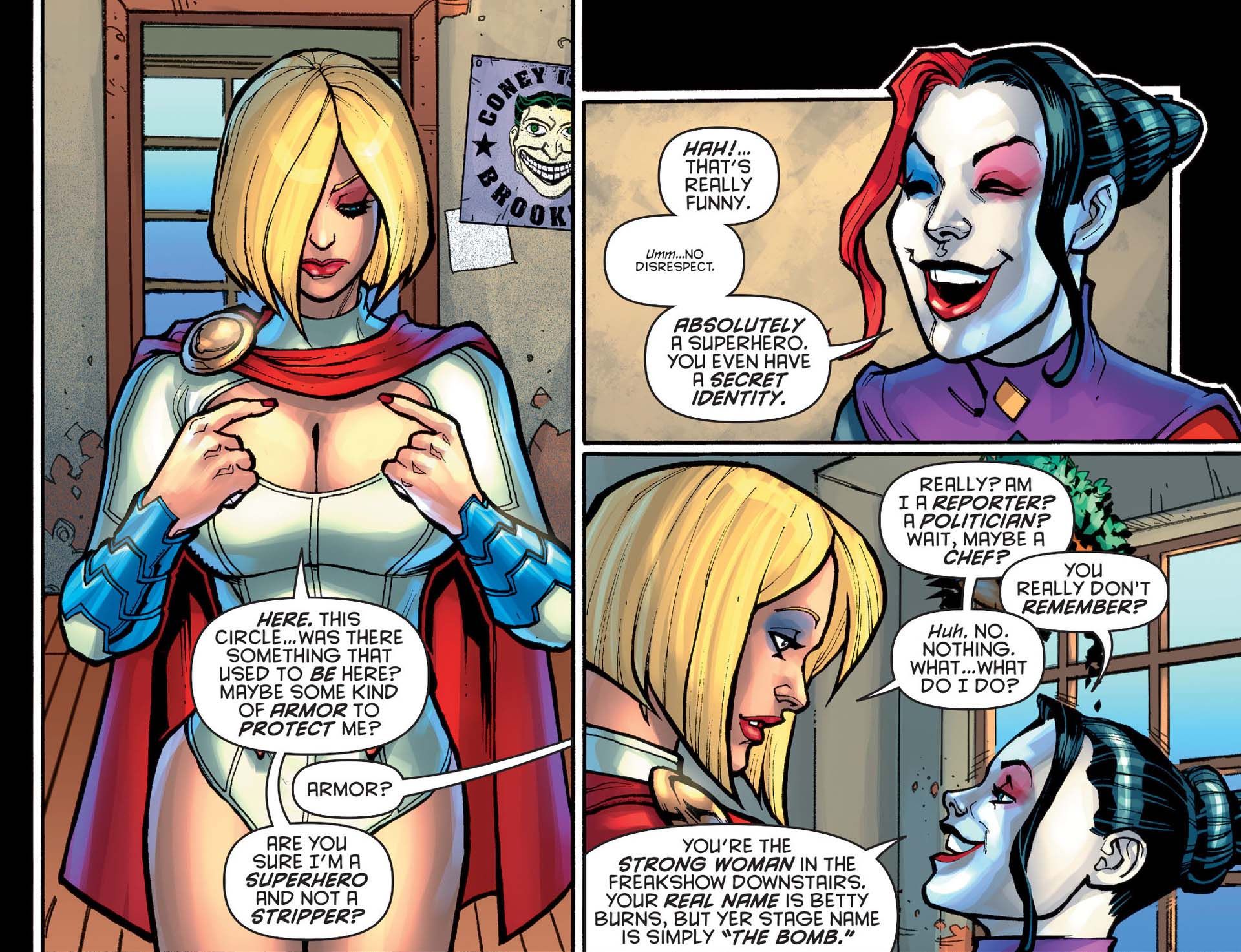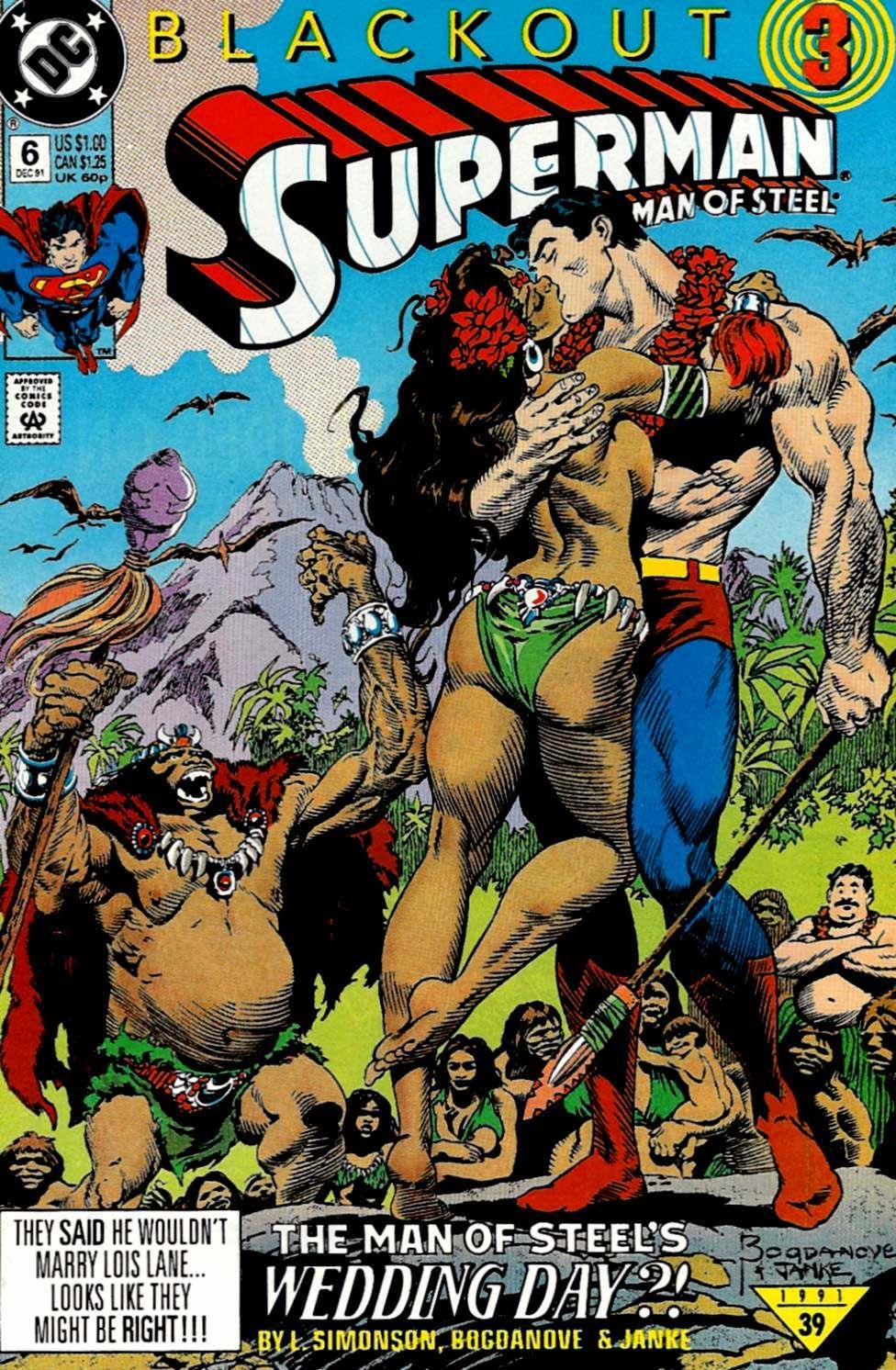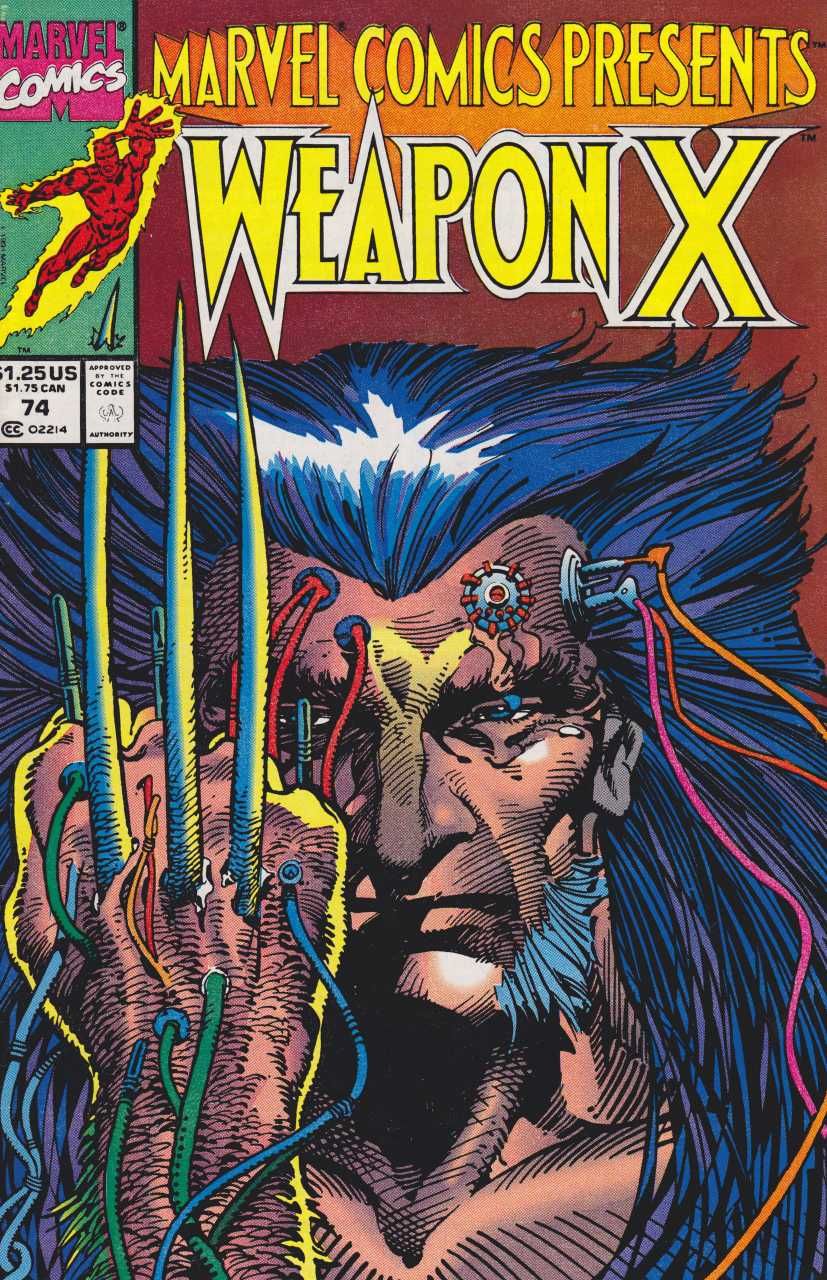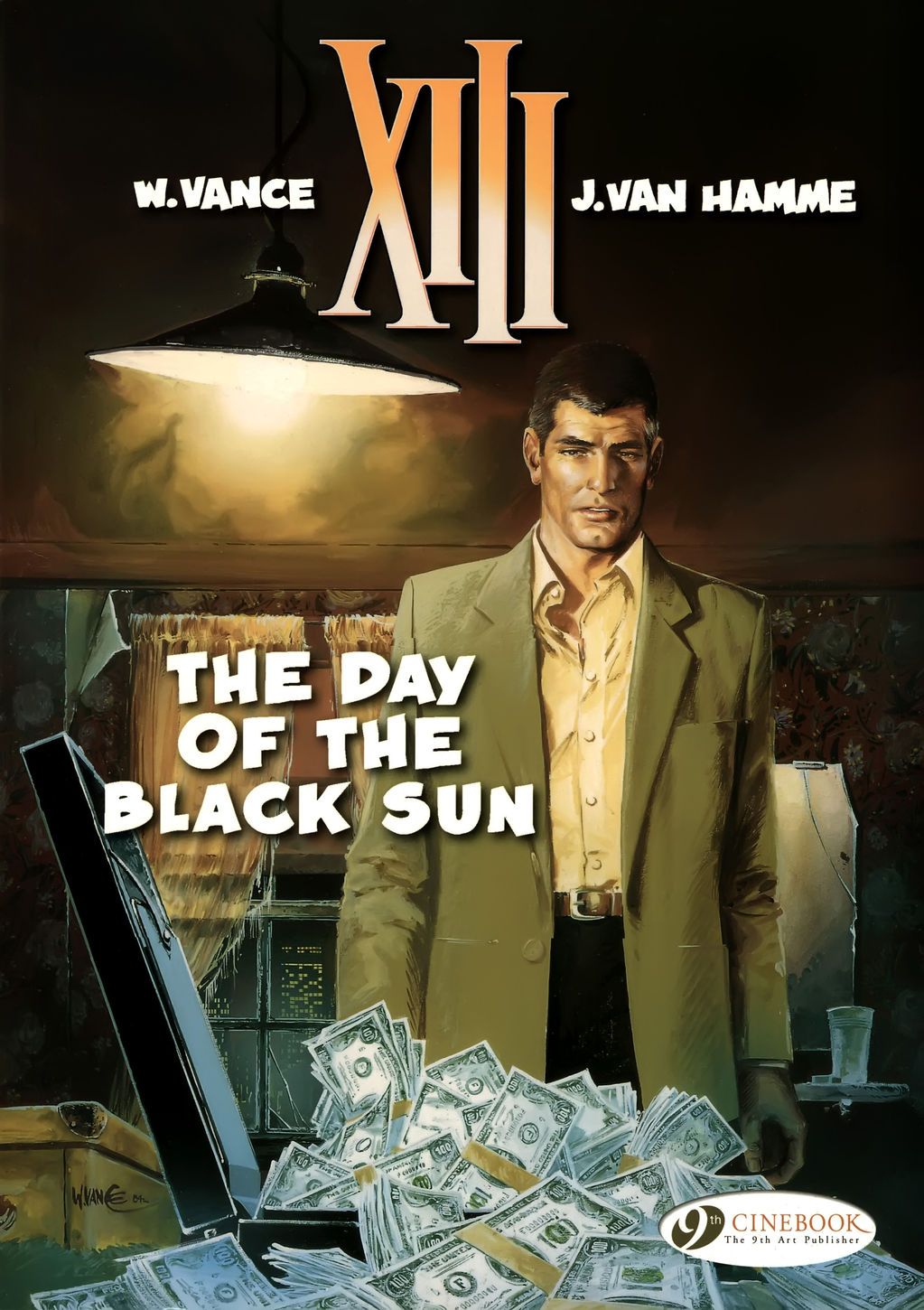A man washes up on a beach, with no memory of who he is or where he came from. He only has a few clues: a mysterious tattoo, a microchip implanted under his skin, and a talent for killing people. Eventually, the man makes his way to a European bank, where he finds a safety deposit box full of cash and various passports. With no history to tie him down, the man can be anyone he wants. Who does he choose?
That's the set-up for "The Bourne Identity," the first book Robert Ludlum's long-running "Bourne" series. Since then, the "Bourne" franchise has spawned two direct sequels, ten spinoff novels written by Eric Van Lustbader, and five feature films, the latest of which, "Jason Bourne," is now in theaters. That's a lot of Bourne, and it all started with a simple premise: who is a person once you take away their past?
RELATED: 10 Superheroes Jason Bourne Could Escape From
That's why amnesia is such a popular trope in fiction. Taking away a characters history and his or her personal relationships exposes a character's basic personality. Conflict between people might be the heart of drama, but every interaction is driven by who a character is at their core, and there's no better way to expose who a person really is than stripping away anything that might have influenced them in the past.
Need more proof? Check out what happens when these other heroes, presented in alphabetical order, suffer amnesia.
10 Batman
Some characters, like Superman and Captain America, are natural heroes. Bruce Wayne isn't. As the story goes, Wayne only becomes Batman after his parents were murdered in front of him. If you remove that tragedy, who takes Batman's place?
Scott Snyder and Greg Capullo's "Superheavy" storyline, which sees an amnesiac Bruce Wayne return to Gotham after a near-fatal battle with the Joker, tries to answer that question. Without tragedy weighing on Bruce's conscience, Wayne is a kind and gentle philanthropist. He spends his time rebuilding a children's center out of the Batcave's old trophies. He has a girlfriend. He's happy.
And yet, when the city needs him, Bruce Wayne gives it all up. As the villainous Mr. Bloom holds Gotham hostage, Wayne reboots his brain using digital back-ups of his old memories, sacrificing his happiness to bring Batman back to life. "Superheavy's" Bruce Wayne might not be the brooding, tortured vigilante that everybody knows and loves, but he's a hero all the same.
9 Black Widow
Nancy Rushman, elementary school teacher, isn't exactly what she seems. For one, she can't remember anything other than her name -- not the name of the school where she teaches, nor where she lives, and certainly not why she's in a dark alley New York City. She can't explain why she throws a karate chop like a pro. She has no idea why she looks like Natasha Romanov, the spy-turned-superhero known as the Black Widow, and she can't tell Spider-Man why she has the Widow's costume in her handbag.
Nancy looks like the Black Widow, but she lacks the widow's confidence -- she's also a lot nicer, Spider-Man notes -- and Spidey spends "Marvel Team-Up" #82-85 trying to figure out what happened to Black Widow's memory. But there's a problem: along the way, Nancy and Spider-Man fall in love (which makes sense; after all, this isn't the first time that Peter Parker has fallen for a redhead).
Alas, the romance is not to be. During a fight against Viper and the Silver Samurai, Natasha's memories return, and while Nancy is a perfect match for the ol' web-slinger Natasha prefers to work solo. After all, it's harder to get hurt if you don't let anyone in. A relationship requires trust, and Black Widow has just seen too much to leave herself vulnerable, even to a stand-up guy like Spider-Man.
8 The Flash
In "The Flash" #200, Wally West makes a wish. See, unlike Barry Allen, Wally didn't have a secret identity. Being the Flash was his full-time job. After Wally's wife, Linda, miscarries in the middle of a supervillain attack, Wally decides he's had enough, and asks his friend Hal Jordan (who is moonlighting as the Spectre) to make everybody on Earth forget the Flash's identity. Hal obliges, but there's a problem: everybody really means everybody, including Wally and Linda.
In his new, Flash-less life, Wally has a new job (he's a mechanic for the police), but his work schedule, along with the fallout from Linda's miscarriage, puts a strain on his marriage, and Hal's spell doesn't last for long. After a car accident reawakens Wally's dormant powers, Wally reluctantly says, "I don't know who I really am right now, but I do know I can help. If I can help, I should," and returns to work as the Flash.
Linda, who blames her miscarriage on the Flash, leaves Wally to work through her feelings, but never stops Wally from putting on the Flash's costume. Whether he's aware of it or not, the Flash is a crucial part of Wally's identity, and that will never change.
7 Hancock
From The Fresh Prince to Forbes' "Most Bankable Star in the World," Will Smith has built a career on easy-going charm and impeccable comedic timing. That's what made Smith's first superhero role, the titular protagonist in "Hancock," such a surprise. Hancock, a destructive alcoholic with superpowers, isn't smooth or smart or particularly likable. He's barely a hero, and he often causes more problems than he solves.
Hancock is also an amnesiac who can't remember anything before 1931, when he woke up in an unknown hospital. That's an interesting twist, and Hancock's struggles with his fractured memory go a long way towards explaining his substance abuse. Unfortunately, Hancock's amnesia ultimately feels more like a plot device and less like a character trait. The character's missing memories lead to some some pretty radical plot twists, but those big revelations throw a film that begins as a straightforward superhero-parody off course. Despite all his powers, "Hancock" never quite recovers.
6 Joseph
The early 90s were a rough time for Magneto. After Magneto ripped the adamantium off of Wolverine's bones, an enraged Charles Xavier wiped his mind. Shortly afterwards, Magento's orbital base Avalon was destroyed by Apocalypse's son, Holocaust, and Magneto plummeted to Earth in an escape pod.
Later, a South American nun found a young man named Joseph, who looked a lot like Magento -- aside from the fact that he was twenty years younger -- and also had magnetic powers. The man, Joseph, couldn't remember who he was, or where he was from. In search of answers, Joseph sought out the X-Men, from whom he learns that he's probably a supervillain and mass-murderer.
Joseph responds by joining the X-Men, hoping to make amends for his past crimes. He helps shut down Magneto's followers, the Acolytes, and helps the X-Men fight off the cybernetic parasites, the Phalanx, while enjoying a brief fling with Rogue.
Joseph has all the personality of a cardboard box, but in his attempts to repent, he proves that Magneto has the capacity for good; too bad that all of Joseph's work is for nothing. Thanks to some editorial retconning, the X-Men discover that Joseph is just a clone, and the real Magneto has been hiding in the shadows. Joseph and Magneto fight, Joseph dies, and he's forgotten until 2012, when he emerges as a bona fide supervillain in "Magneto: Not a Hero" by Skottie Young and Clay Mann.
5 Ms. Marvel
These days, it's common knowledge that Carol Danvers, AKA Captain Marvel, was the first Ms. Marvel. That wasn't always the case. When the character first appeared, nobody knew Ms. Marvel's secret identity -- not even Ms. Marvel herself.
In Gerry Conway and John Buscema's "Ms. Marvel" #1, J. Jonah Jameson hires Carol Danvers, a former security consultant, to edit a new women's magazine. In search of a scoop, Danvers starts tracking down Ms. Marvel, but starts suffering from blackout-inducing migraines. Meanwhile, Ms. Marvel can't remember who she is, where she's from, or how she got her powers. In addition, Carol and Ms. Marvel never appear in the same place at the same time, and yeah, it's not hard to see where this one is going.
Carol's therapist, Doctor Barnett, puts Carol under hypnosis in "Ms. Marvel" #2, but dismisses the Ms. Marvel story as a "paranoid delusion." Carol doesn't learn the truth about her alter-ego until "Ms. Marvel" #4, when her memories return during a battle with the Doomsday Man. Unfortunately, that's not the end of Carol's headaches, both literally and figuratively -- just a few years later, Ms. Marvel loses her memories again in a battle with Rogue, marking the temporary end of Carol's adventures with the Avengers and the beginning of a guest stint in Chris Claremont's "Uncanny X-Men."
4 Power Girl
What would you do if you found a superhero passed out in a steaming crater? What if she came to and couldn't remember anything about her past? If you're Harley Quinn, you tell the hero that she's one-half of a crime-fighting super-team -- and that you're her partner.
That's what happened to Power Girl in "Harley Quinn #11" by Amanda Conner, Jimmy Palmiotti and Chad Hardin. Harley and her friends find Power Girl unconscious in the middle of Coney Island and take her home to nurse her back to health. Power Girl is initially skeptical of Harley's motives (and her ultra-revealing superhero costume), but spins an impressive yarn; she even gives Power Girl a new secret identity -- "The Bomb," a sideshow strong woman -- and it isn't long before the duo head into Manhattan to stop some bad guys.
Despite their differences, Power Girl and Harley become good friends. It doesn't last, however. Power Girl sustains a number of blows to the head without recovering her memory, but everything comes back to her after she's pooped on by a passing bird (this is "Harley Quinn," after all). The team breaks up, but not before Power Girl admits that, despite all the lies, she kind of likes Harley anyway.
3 Superman
When you've been fighting crime as long as Superman has, you're going to take your fair share of hard knocks. Sometimes, that leads to amnesia. The George Reeves Superman lost his memory after colliding with a giant asteroid in the fan-favorite "Adventures of Superman" episode "Panic in the Sky." He lost it again on "Lois and Clark" in an episode called "All Shook Up." In the late '80s, after executing a trio of criminals from a pocket dimension, a guilt-plagued Superman created an alter-ego, Gangbuster, who patrolled the streets while Clark Kent was sleeping. Sometimes, Superman even causes amnesia, as when he erases Lois Lane's memory with a kiss at the end of "Superman II."
And then there was the time in the early 90s when a failed experiment robbed Superman and his nemesis, Mr. Z, of their memories. Stranded on a Polynesian island, Superman learns he can fly, fights off a herd of dinosaurs and wins the heart of a tribal princess. Lois Lane eventually crashes Superman's island wedding and takes him back to Metropolis, where S.T.A.R. Labs eventually restores his mind, but the most important part of the story isn't how Superman's memories return; it's how he acts when he doesn't have them.
Superman may not remember Jor-El, Krypton, or the Kents, but his principles remain. On the island, Superman risks his life for others (he doesn't know that he's invulnerable) and refuses to condemn Mr. Z for his past deeds. As Superman says, Mr. Z's amnesia gives him a clean slate, and the amnesiac Superman refuses to give his new friend anything less than a second chance.
2 Wolverine
Most cases of superhero amnesia are temporary, designed to let fans see a different side of their favorite characters. Wolverine is different. In Logan's case, memory loss is baked into the character's DNA. Thanks to his healing powers, Logan has been alive for a very, very long time, and over the years, Wolverine's mysterious past has been the springboard for many, many stories.
In fact, Wolverine's memory has been tampered with so many times that it's practically a cliche. As part of the black-ops group Team X, Wolverine's memories were often changed, making him easier to control. Completed missions were wiped from his mind for security reasons. Later, when Wolverine was a test subject at Weapon X, he was brainwashed and reduced to a feral state, permanently breaking his memory. The first time Wolverine met Professor X, he was sent to kill the Professor. How did Professor X protect himself? By mentally crippling Wolverine and, once again, erasing his memory.
RELATED: When Did We Learn That Wolverine Had False Memories?
Wolverine finally got his past back in Brian M. Bendis and Olivier Coipel's "House of M," but that didn't solve everything. See, Wolverine has a son, Daken, who was also experimented on and who also lost his memories. Hey, if it worked once...
1 XIII
A man washes up on a beach, with no memory of who he is or where he came from. He only has a few clues: a mysterious tattoo, a microchip implanted under his skin, and a talent for killing people. Eventually, the man makes his way to a European bank, where he finds a safety deposit box -- wait. Does this sound familiar?
It should. "XIII," Jean Van Hamme and William Vance's long-running series of graphic novels, isn't just influenced by "The Bourne Identity." Its opening chapters are a straight (and completely intentional) rip-off. Both Bourne and XIII were covert operatives tasked with assassinating political leaders (Bourne's target was an African dictator; XIII's was the President of the United States), and both are hunted by government operatives. But that's where the stories start to diverge; while Bourne's mission failed, XIII's was successful, and a video tape of the assassination makes XIII one of the most wanted men in the world.
"XIII" is extremely popular in France, but while it has been adapted into a stylish video game and a TV miniseries, hasn't really caught on in the United States. Readers looking for an English translation should look out for the British editions published by Cinebook, which are current up through XIII's 21st and most recent volume.
Let us know what amnesia storyline is your favorite -- assuming you can remember it!

